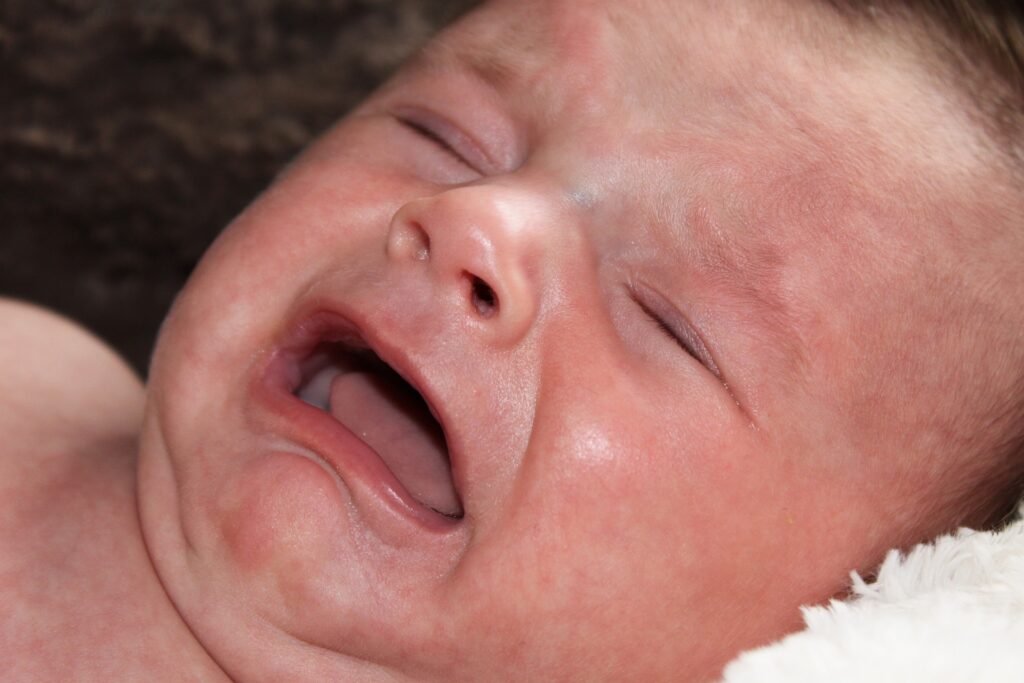A Crying Baby Deserves Support
How To Help A Crying Dysregulated Baby
My 2 year old teaches me valuable lessons every day. Learning things about myself that years of schooling and self-reflection have been unable to uncover. My toddler has been reminding me in many ways how hard self-regulation is. Humans are pack animals. Relying on the support of the people we feel safe with. This is a reason why dogs have joined us around the world in supporting our lives. So expecting our children to be self-regulating is an expectation that falls flat.
What Dysregulation Looks Like
We need to know what dysregulation looks like. Babies physically, they will fall away, pull back, arch, throw their hands away, or have a change in their skin color. These are all signs that a baby needs a change. They are trying to find it but retreating is not regulation. Retreating is an escape. In these moments we have to help our babies manage their bodies. Oftentimes this comes in the form of a physical touch of some form.
Beyond Kangaroo Care
Physical touch goes beyond the skin to skin. A baby will show improved regulation with it but it only goes so far. Babies need their basic senses stimulated to help change their response. Touch, vision, smell, taste, and sound all can help a baby break out of their dysregulation. The next factor to consider is amplitude. A baby will often need a bigger stimulus than their response. A crying baby is so loud that they actually may not hear you singing softly. Breaking them out takes stimulus with adequate amplitude. Every baby, however, is unique in their preference of preferred response.
Trial And Error
Finding your baby’s preference is important. Trial and error is unfortunately a big part. Yet what works today may not always work. My child loved to be wrapped in a K’tan. It was the only way he would go to sleep. Then he got to a point where he hated it. New strategies had to take shape and evolve. He still needed support but it changed to a desire to cuddle on his terms. He needed less stimulus and more control. This is the battle with self-regulation.
Creating Control While Providing Support
To self-regulate we need control. The more control we have the better we can regulate ourselves. When we feel helpless that regulation is lost. The dorsal vagal response is activated in this case. The response is our body accepting the fact all is lost and there is no escape. This is the wrong direction for our babies. We want to challenge them but not cause them to shut down. The difference is clear between two babies: one who has stopped crying and is looking and engaged compared to one who has stopped crying but whimpers for moments or doesn’t look at you when you return. Helping babies by external regulation is important. Helping everyone regulate is a necessity. This is why we regulate ourselves, our partners, and then our children. If the chain is broken everyone suffers. Then, most of all is when we all need to be closest.

